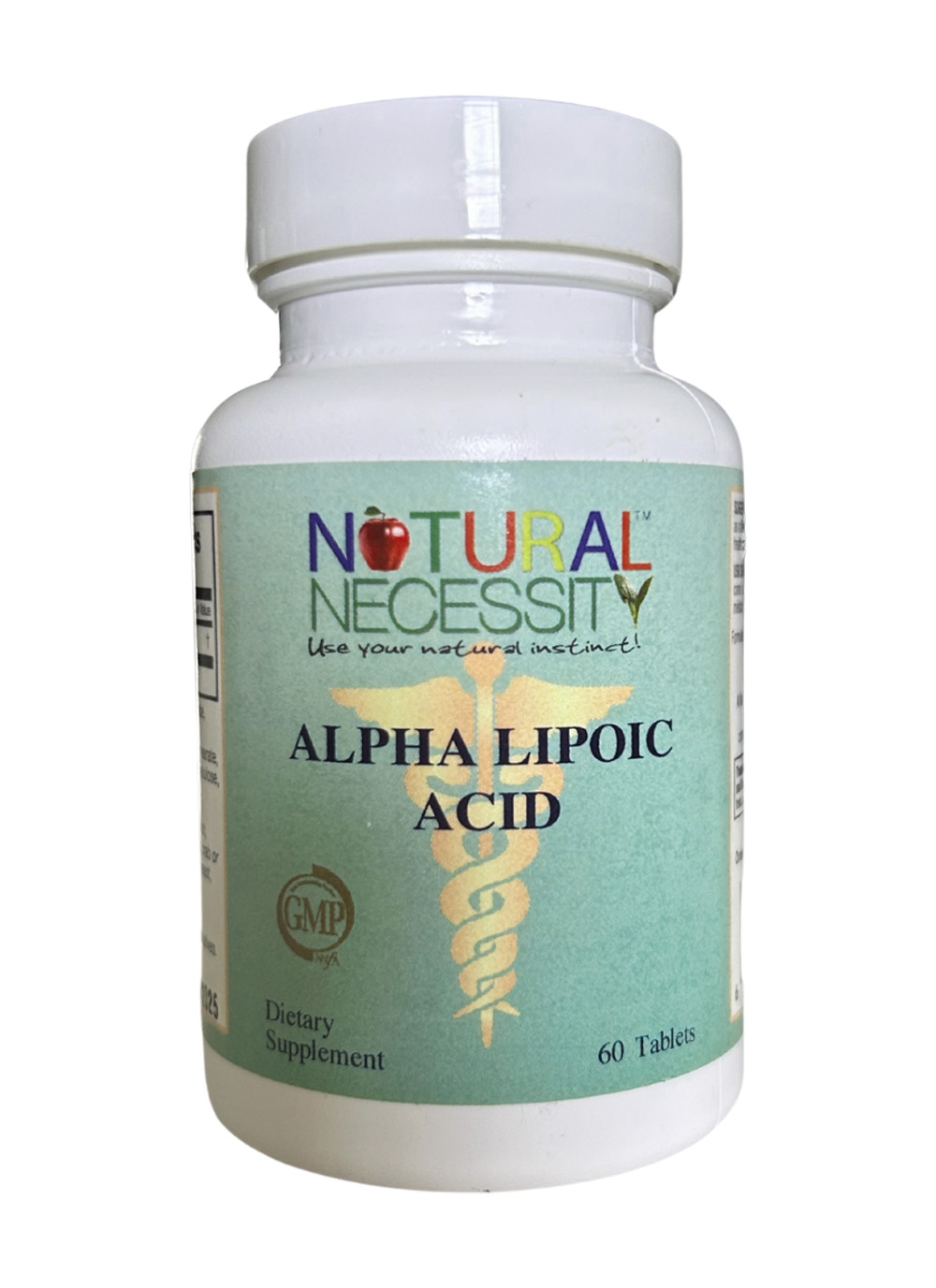





Alpha Lipoic (ALA) is a thioctic acid that is produced by the body. It plays an essential role as an antioxidant, protecting cells from damage, and specifically supports healthy vision and optimal liver function.
Special Note: We recommend consulting with your veterinarian or our veterinary support team before using this supplement with cats or if your animal has any ongoing medical concerns or known allergies to pollen, grass or plants.
For cats, we would recommend Ocu-GLO Powder Blend because of the lower, cat-appropriate dosing.
Alpha Lipoic Acid (ALA) is a water and fat-soluble endogenous thioctic acid that acts as an antioxidant and cofactor for cellular mitochondrial metabolism. ALA is reported to neutralize free radicals, dissolve toxic substances in the liver1, recycle vitamin C (ascorbic acid), and increase the body’s production of glutathione.2 Glutathione is the body’s most potent endogenous universal antioxidant. An imbalanced cellular glutathione redox cycle contributes to the formation of cataracts, and ALA recycles glutathione to protect the lens from oxidative stress causing cataracts.3 This universal antioxidant promotes normal insulin sensitivity and glucose metabolism, though actual levels of insulin and glucose may not change.4
ALA as a natural supplement is rapidly absorbed from the gastrointestinal tract. If patients have concurrent medical conditions, including insulin resistance, please contact our veterinary support team for recommendations.
Special note: This supplement provides a dose of ALA that is, on average depending on weight, 4.5 times less than the toxic dose established for cats.5 For cats, do not exceed doses greater than 13 mg/kg daily, and for dogs, do not exceed doses greater than 400 mg/kg daily.
References:
1Ahlstrom RT, Wolf T, Peterson D, et al. Alternative treatment options for managing hepatic lipidosis in an Atlantic Ridley sea turtle (Lepidocheyls kempii). Proceedings of the International Association for Aquatic Animal Medicine. 2012.
2Mandelker L, Wynn S. Cellular effects of common nutraceuticals and natural food substances. Vet Clin Small Anim 2004; 34: 339-353.
3Maitra I, Servinova E, Trischler H, et al. Alpha-lipoic acid prevents buthionine sulfoximine-induced cataract formation in newborn rats. Free Radic Biol Med 1995; 18: 823-829.
4Jacob S, Henriksen EJ, Schiemann AL, et al. Enhancement of glucose disposal in patients with type 2 diabetes by alpha-lipoic acid. Arzneimettelforschung 1995; 45: 872-874.
5Hill AS, Werner JA, Rogers QR, et al. Lipoic acid is 10 times more toxic in cats than reported in humans, dogs, or rats. Journal of Animal Physiology and Animal Nutrition. 2004; 88: 150-156.
| Weight (lbs.) | Daily Use |
| Less than 5 | Contact Us for Dosage Guidelines |
| 5 - 25 | 1/2 Tablet Daily |
| 26 - 50 | 1 Tablet Daily |
| 51 - 100 | 2 Tablets Daily |
| 101 - 200 lbs | 3 Tablets Daily |
| 201+ | Contact Us for Dosage Guidelines |
| Active Ingredients | Amount Per Serving |
| Alpha Lipoic Acid | 50 mg |